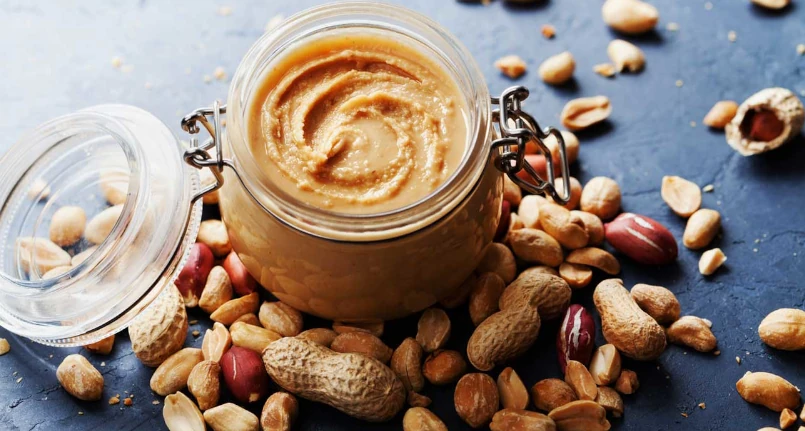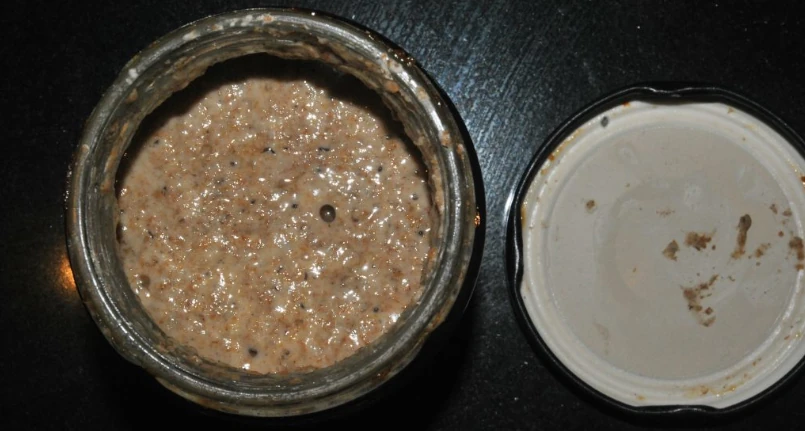Fruit
Fruit is a group of exclusively vegetable foods , typically sugary and mainly eaten raw; actually, from a botanical point of view it would be more correct to use the term FRUIT and also include in the respective group all those vegetables which, due to their lower carbohydrate content, are preferably used as a side dish: tomatoes , cucumbers , courgettes , aubergines , pumpkins , olives etc.
- Botanical variety
- Climate and growing environment
- Cultivation method
- Freshness or conservation
The energy contribution of sugary fruit derives mainly from carbohydrates, in particular from fructose, while the lipid and protein content are marginal; on the other hand, some types of fruit are known that have a high lipid content (apart from the whole category of dried fruit , the best known being coconut and avocado ) .
Does Too Much Hurt?
To be honest, I personally do not believe that fruit can be labeled as a group of foods harmful to health, even if it is appropriate to make some considerations in this regard:
- Frequently eating fruit of ambiguous origin is NOT a hygienically correct habit; everyone knows that traditional agriculture makes systematic use of chemicals to guarantee crop yields. By purchasing fruit of national origin , even if not organic, you have (or should have) the guarantee that these chemical agents are COMPLETELY metabolized by the fruiting plant and that they do not remain to a significant extent inside the food same… but this does not necessarily happen in foreign productions (above all of non-European origin). Many countries (in addition to using BANNED pesticides in the European community) do not respect the quantities and times necessary to restore the purity of the fruit; in this case, frequent consumption of foreign fruit could lead to excessive intake of unwanted contaminants (a classic example is that of bananas ). Ultimately, too much contaminated fruit could significantly harm the consumer’s health.
- Several innovative diets (so to speak…) suggest using fruit and vegetables to reach the minimum amount of carbohydrates in the diet AVOIDING cereals and sometimes even legumes ; this principle is based:
- On the reduced ability of fructose to stimulate insulin
- On the body’s need to convert fructose into glucose , a hepatic process that reduces its glycemic index .
However, we have to deal with the downside!
Starting from the assumption that: if it is true that fructose stimulates insulin little, it is equally true that the derived glucose is in itself an insulin -stimulating factor! Furthermore, exceeding the intake of fructose is observed (similarly to other carbohydrates ) a marked hepatic synthesis of fatty acids aimed at adipose deposition .
Ultimately, fruit is a good source of carbohydrates with a low glycemic and insulin index BUT ONLY if introduced in adequate portions (max 300-400g at a time, based on the specific characteristics of the fruit). Last but not least, it has been highlighted by some studies that the EXCESS of fructose can harm especially dysmetabolic patients (due to an overload of hepatic processes) and nephropathic patients (due to the negative impact on already compromised kidney function ). . - Let’s now deal with the topic FOOD FIBER and ANTI-NUTRITIONAL MOLECULES; remember that fruit has good quantities of dietary fiber and anti-nutritional molecules which, if in excess, can cause nutritional malabsorption . To demonstrate that eating only fruit can lead to an excess of dietary fiber, we will give a brief example below:
” … if it is true that the minimum amount of carbohydrates to be introduced in the diet (necessary to guarantee the functioning of the nervous system ) is to 180g/day (LARN sources), and considering that a fruit like the pear (Pyrus communis) provides 9.5g of fructose and 2.8g of fiber per 100g… to reach at least the recommended 180g, it would be necessary to eat about 1.9kg of pears a day (200g each, for a total of 9.5 per day) which would contribute over 50g of total dietary fiber! A bit too much I’d say… considering that fiber should be introduced in quantities of around 30g/day.
On the contrary, the anti-nutritional molecules present in fruit (as well as in vegetables, especially raw) do not have a minimum recommended ration to follow and by logic we would be led to take as little as possible; paradoxically, among these we also recognize powerful antioxidants, namely polyphenols and tannins, very useful molecules for the body but which (if in excess inside the intestinal lumen) chelate metals and reduce their bioavailability (such as iron , important for hemoglobin synthesis ); other elements such as oxalates have no nutritional value BUT (again at the intestinal level) significantly reduce the bioavailability of calcium (important for osteogenesis).
To conclude, even in this respect, eating TOO MUCH fruit is absolutely not a good food habit.




